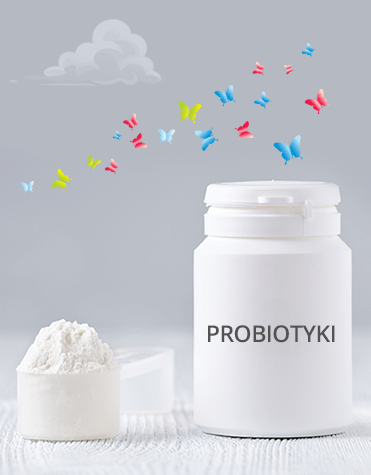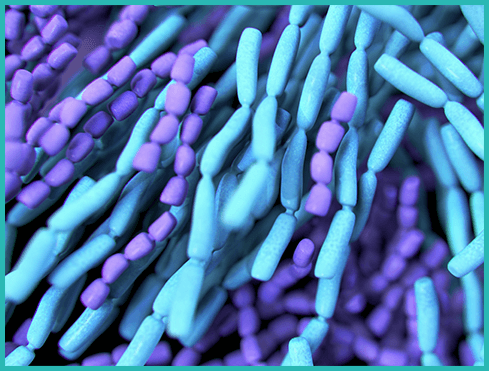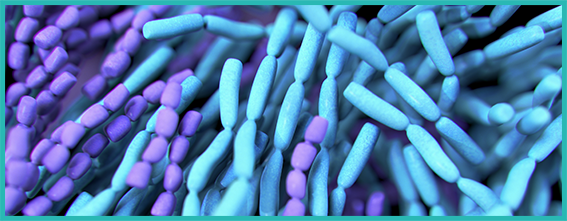The benefits of probiotics
What are the probiotics?


- Probiotics are living microorganisms with beneficial effects of modulation of balance of the intestinal flora in the host organism.
- Probiotics are microorganisms which, when administered in adequate amounts, confer a health benefit on the host.1
- Probiotics can help prevent the action of harmful bacteria on the organism.
- Probiotics support the immune system.
- Probiotics help maintain the balance of intestinal flora.
The history of probiotics


In 1906, Henry Tessler, a French paediatrician, discovered Bifidobacterium in the intestine of a breast-fed baby. He noticed that the infants with Bifidobacterium in their intestine had more rare diarrheal episodes.
In 1907, the scientist Elie Metchnikoff of the Pasteur Institute in Paris proposed the use of probiotics for health benefits. He believed that the advanced age of the rural population in Bulgaria was connected to the use of a fermented dairy drink containing a probiotic-Lactobacillus.
The species of Lactobacilli and Bifidobacteria are normally found in the human intestine and are not infectious or toxic.

The species of Lactobacillus acidophilus have many beneficial effects, the most important of which are the following:2
- Ability to adhere to human intestinal cells
- Intestinal microbial balance
- Stimulation of immune system.
- Bifidobacteria species are the predominant species of normal intestinal flora, being present in over 95% of the population.
- The most important "good bacteria" are Bifidobacterium and Lactobacilus. 3
- Bifidobacteria produce antimicrobial agents that are active against bacteria. 4
Lacidar products contain strains of both the Lactobacilus and Bifidobacterium.
What to consider when you take a probiotic?


- Human origin
- High viability in the digestive tract environment
- Has the ability to colonize the intestines
- Not pathogenic
- Has a beneficial effect on the health of the host
Probiotics from the Hepiflor series comply with all these conditions.
1. World Health Organization
2. For detailed references, see Salminen et al. (1998)
3. Gibson et all, J. Nutr. 125: 1401–1412
4. Gibsonet all, J. Appl. Bacteriol. 77: 412–420

